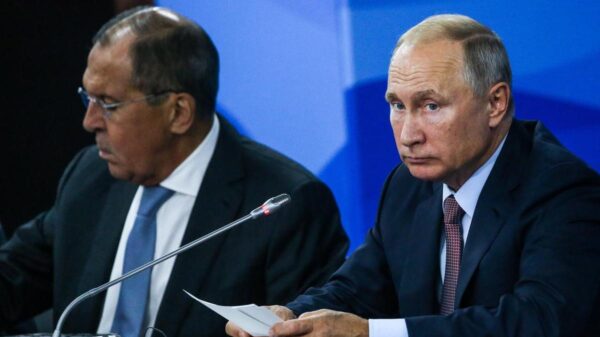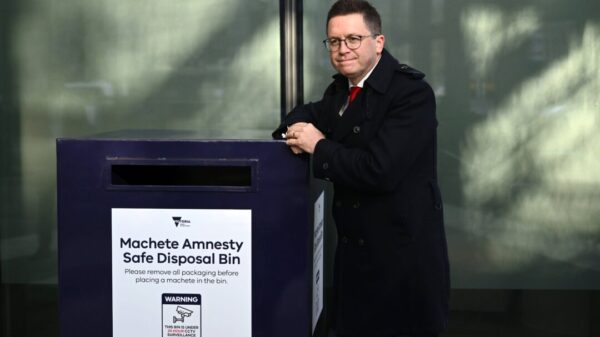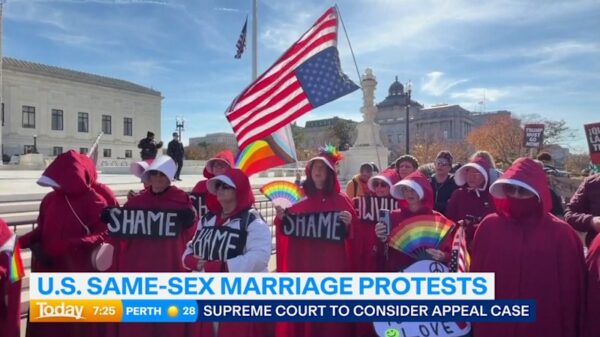URGENT UPDATE: The United States will soon require bonds of up to $15,000 for certain tourist and business visa applicants as part of a new pilot program set to launch on August 20, 2023. This initiative aims to combat the growing issue of visa overstays among visitors from countries with high overstay rates, according to a recent notice in the Federal Register.
Under this program, US consular officers will have the authority to impose bonds ranging from $5,000 to $15,000 on applicants from designated countries. This measure is part of a broader effort to enhance national security and enforce immigration laws amid ongoing concerns about illegal immigration. Prior to this announcement, President Donald Trump emphasized the need for stricter immigration policies, which have already influenced travel patterns to the US.
The new visa bond requirement targets visitors from nations plagued by high overstay rates, including Chad, Eritrea, Haiti, Myanmar, and Yemen. Countries such as Burundi, Djibouti, and Togo are also on the radar due to similar issues, according to data from US Customs and Border Protection for fiscal year 2023.
As these measures take effect, travelers may see a significant increase in the cost of obtaining visas, which could deter many from planning visits to the United States. The previous pilot program initiated in November 2020 was halted due to the global travel downturn caused by the COVID-19 pandemic, but the current climate of rising immigration enforcement has prompted a renewal of these efforts.
Travel experts predict that the bond requirement could further discourage international visitors, particularly from countries already affected by travel bans. Airfares for transatlantic flights are already nearing pre-pandemic levels, and overall travel from Canada and Mexico to the US has dropped by 20% year-on-year, highlighting the chilling effect of such immigration policies.
The State Department has not provided estimates on how many visa applicants will be impacted by this bond requirement. Nevertheless, the potential for increased costs and administrative hurdles could reshape the landscape of international travel to the US in the coming months.
WHAT TO WATCH FOR: As the August 20 implementation date approaches, it will be crucial to monitor the reactions from affected countries and potential travelers. The implications of this policy could resonate beyond borders, affecting travel plans and international relations as concerns about immigration enforcement continue to intensify.
Stay tuned for more updates as this developing story unfolds.



































































